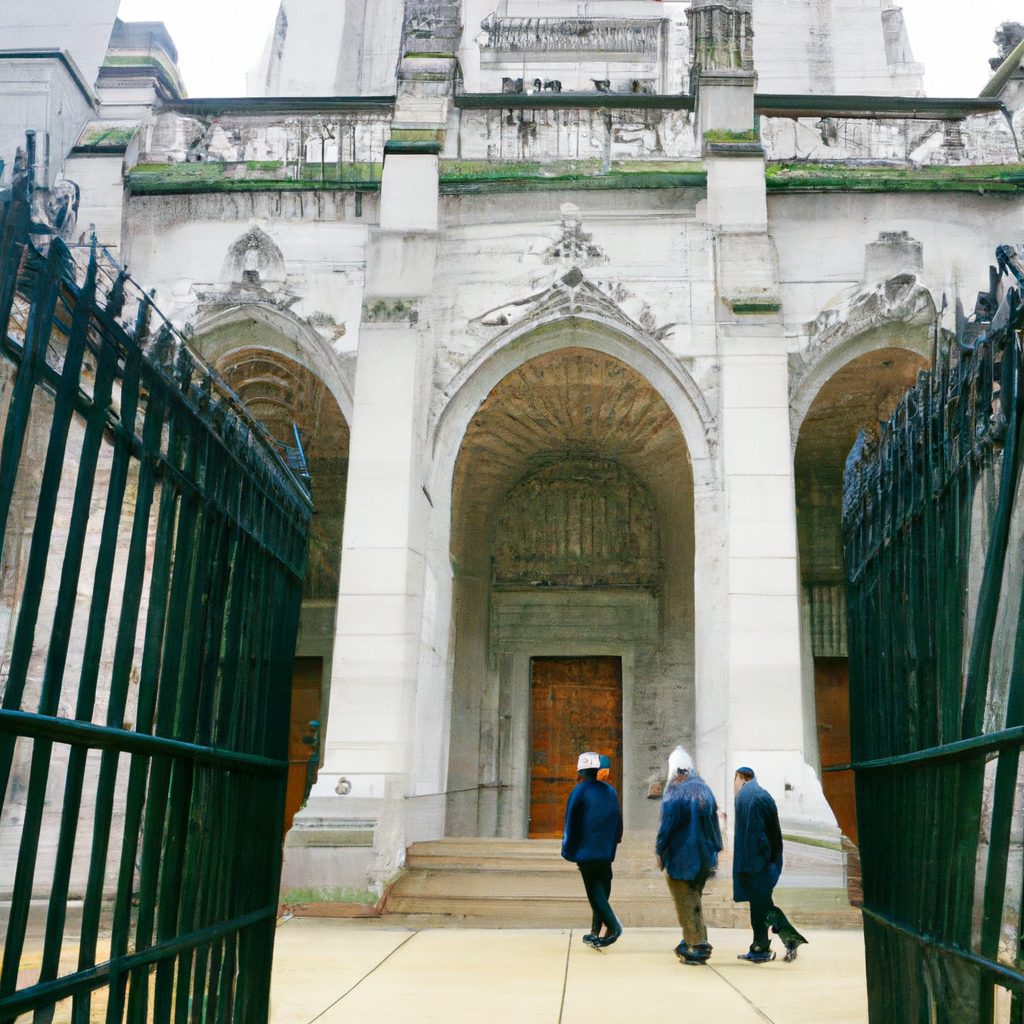
In the heart of a bustling artistic community, an institution revered for cultivating the avant-garde minds of tomorrow now finds itself embroiled in a controversy that strikes a discordant note in its symphony of creative education. Philadelphia’s University of the Arts, a beacon of artistic pedagogy, has recently shuttered its doors in a move that caught many by surprise, leaving a void in the cultural fabric of the city and sparking intense legal and financial scrutiny.
According to allegations from a newly formed union, this abrupt closure in June was not only unexpected but also legally contentious. The union claims that the venerable institution has failed to meet its financial obligations to its employees, as mandated under federal law. This distressing situation has culminated in a class-action lawsuit, pitting former faculty and staff against an administration they once trusted.
As whispers of the impending legal battle spread through the cobblestone streets of Philadelphia, the broader implications for the art education community are palpable. The University of the Arts has long been a cornerstone in the city’s vibrant cultural scene. Founded with a mission to foster artistic innovation and excellence, it has nurtured the talents of countless individuals who have gone on to shape the artistic landscape not only in Philadelphia but across the globe.
The unfortunate unraveling of such an institution raises critical questions about the sustainability and integrity of arts education in an era of financial instability and shifting priorities. The revelation of the school’s alleged failure to adequately compensate its dedicated staff paints a stark contrast to the idyllic image of a nurturing artistic haven it once projected. This scenario underscores a bitter irony: those tasked with crafting the future of art and culture are themselves left unsupported and undervalued.
The legal proceedings that now envelop the University of the Arts serve as a poignant reminder of the precariousness facing even the most esteemed institutions in our society. As the case unfolds, it will undoubtedly capture the attention of the arts community, policy makers, and cultural theorists alike, all of whom are keenly aware of the delicate balance between nurturing artistic innovation and maintaining institutional accountability.
Amidst this turmoil, the spirit of Philadelphia’s artistic community remains resilient. Artists, educators, and cultural enthusiasts are banding together, not only in support of those affected by the closure but also in reaffirmation of their commitment to the arts. This collective resolve suggests that, even in moments of institutional failure, the passion for artistic expression and the pursuit of creative truth endure.
The unfolding story of the University of the Arts is a somber sonata of modern challenges in art education, echoing the complexities of adhering to both legal obligations and creative aspirations. As this narrative continues to develop, it serves as a crucial discourse on the vulnerabilities and innate tensions that underpin the artistic communities and institutions that inspire and challenge society at large.